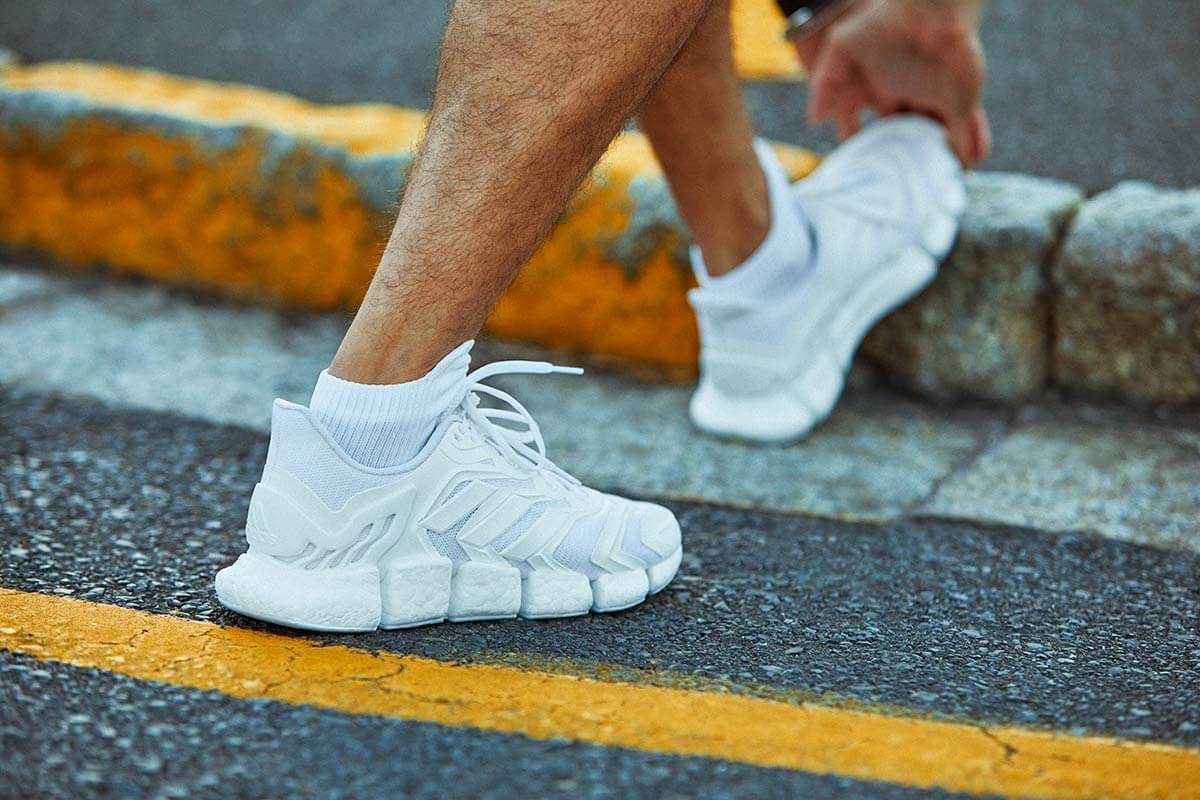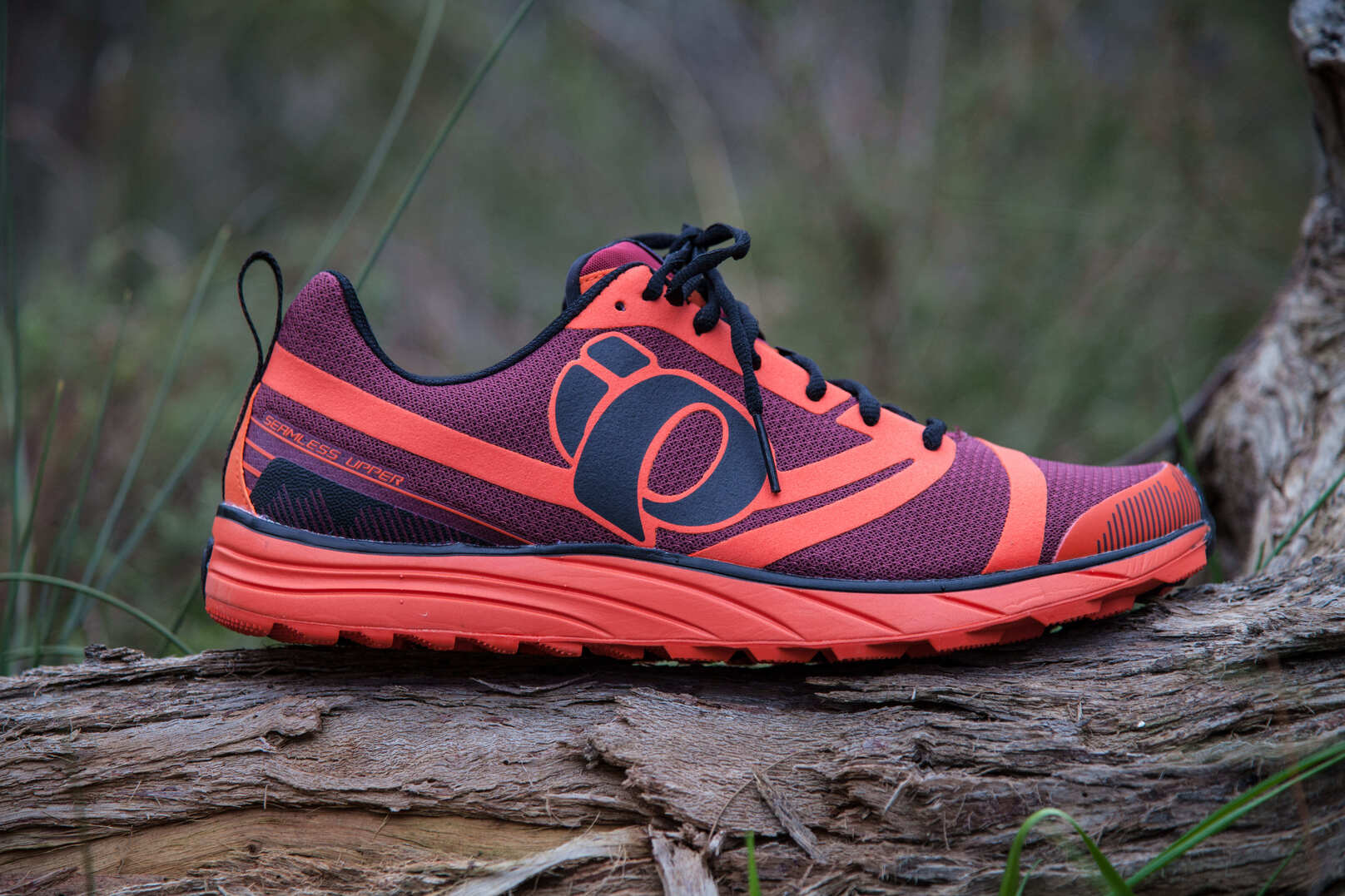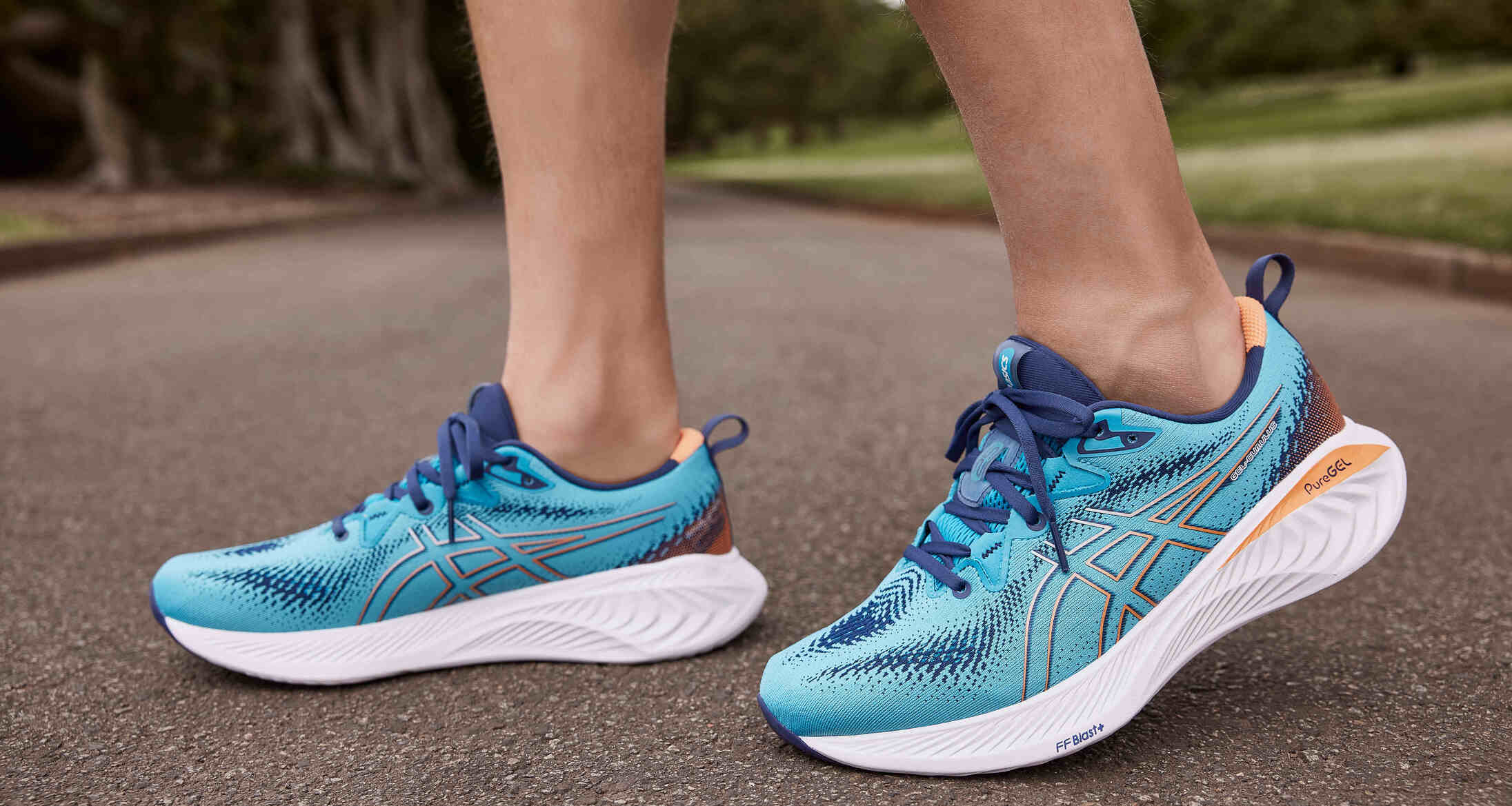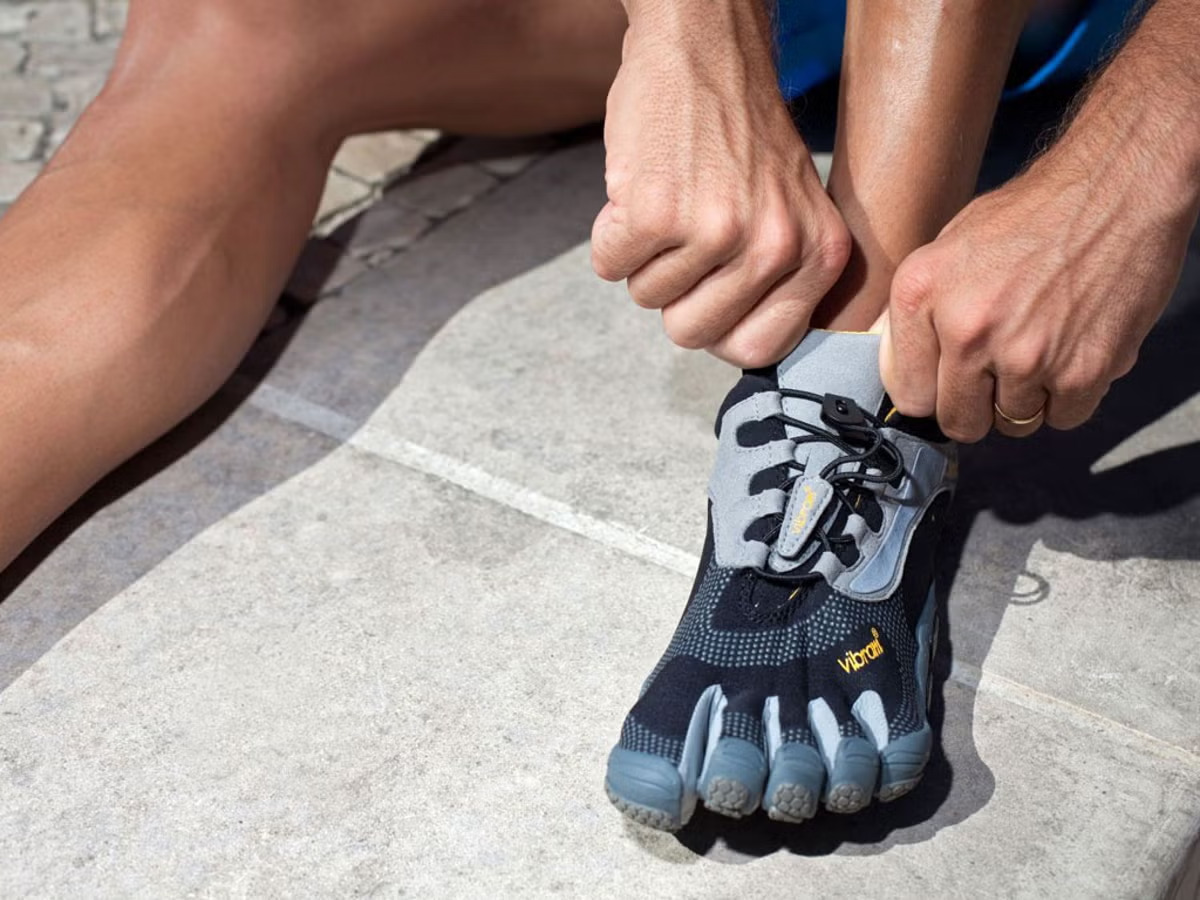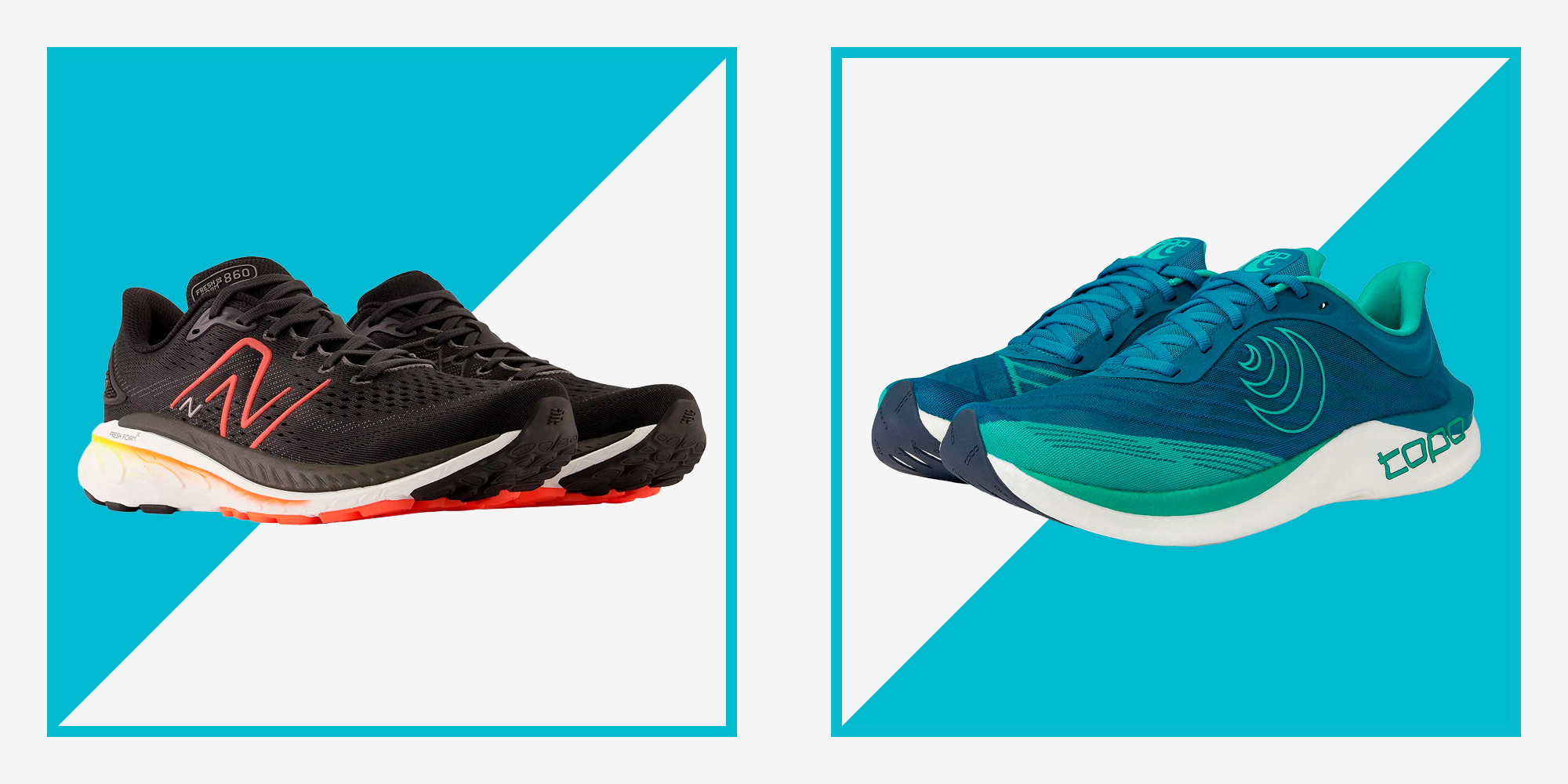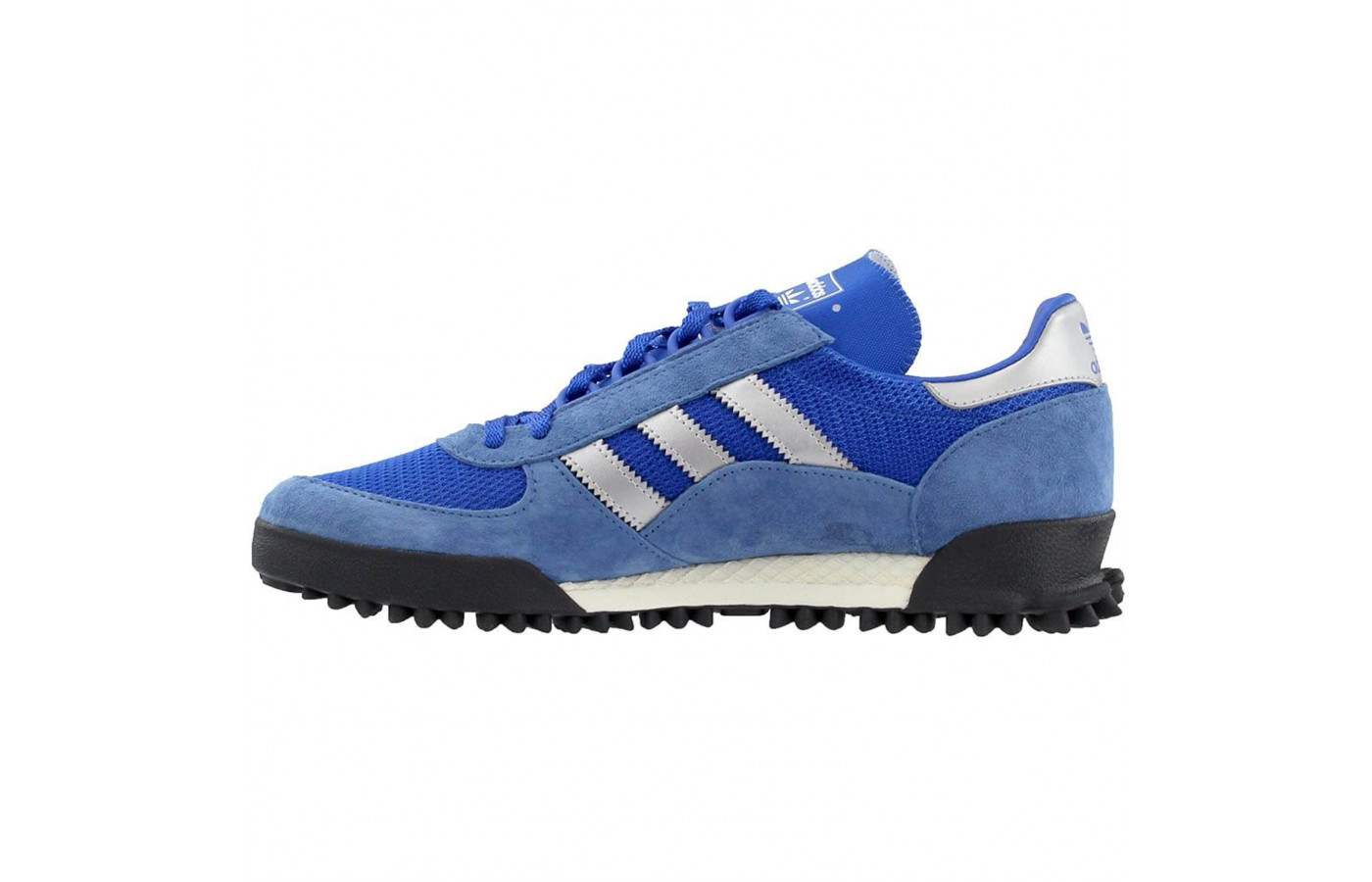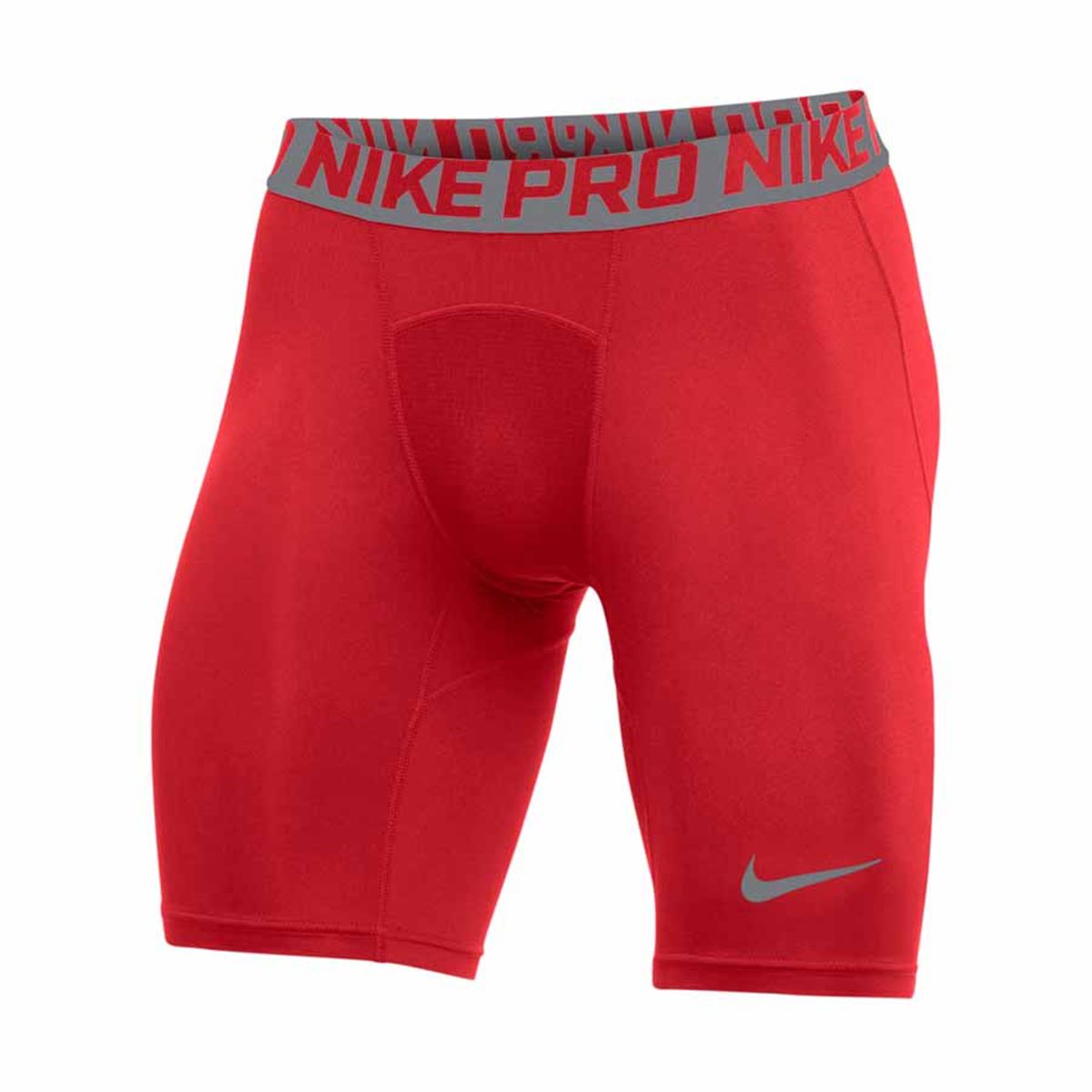Home>Misc>Featured>What Does Zero Drop In Running Shoes Mean
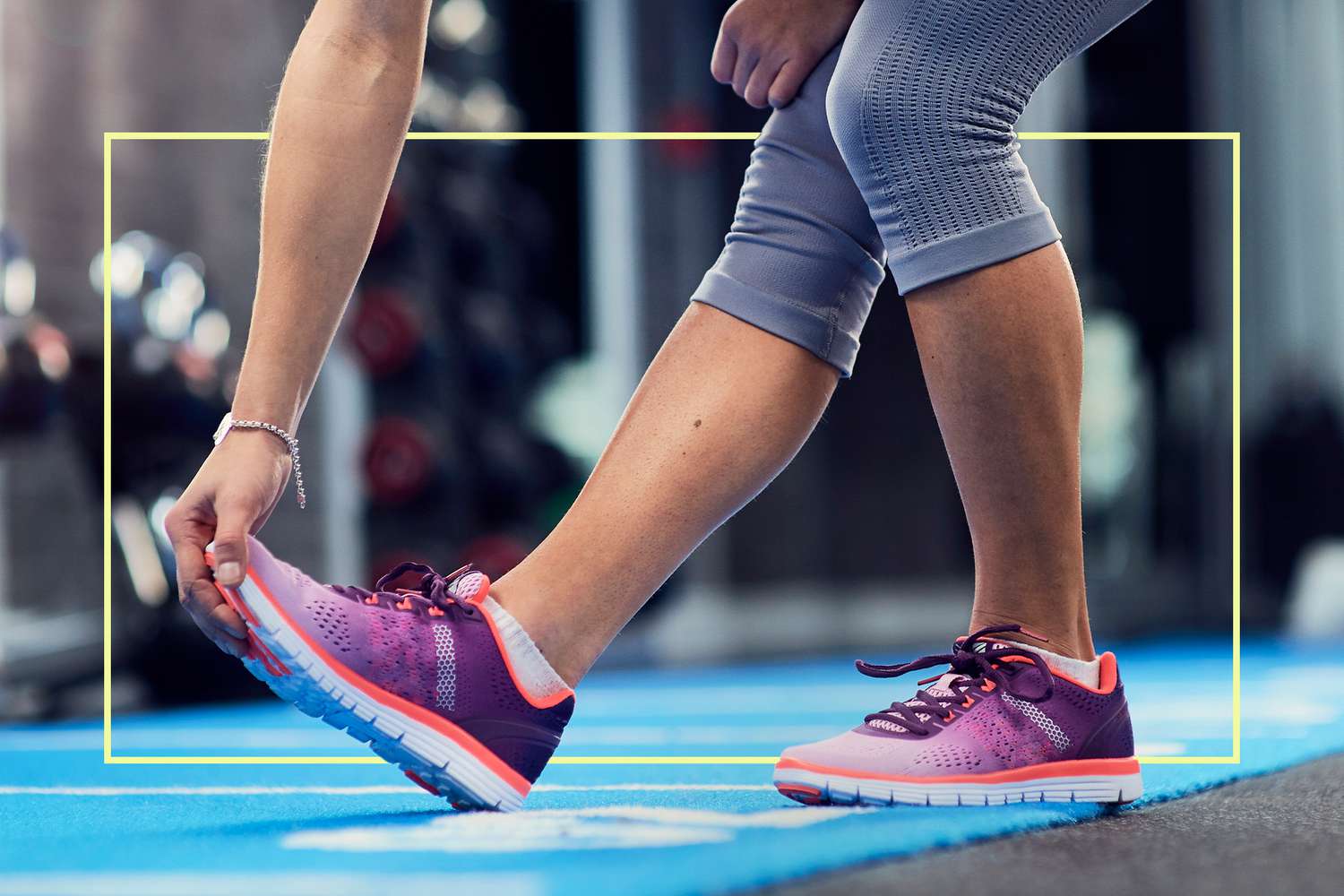

Featured
What Does Zero Drop In Running Shoes Mean
Modified: August 18, 2023
Discover what zero drop in running shoes means and how it can enhance your performance. Our featured collection of zero drop shoes provides a natural and balanced running experience.
Introduction
Welcome to the world of running shoes, where you will encounter a multitude of features and technologies that aim to optimize your performance and comfort. One popular term you may come across is “zero drop.” But what exactly does it mean?
Zero drop refers to the difference in height between the heel and the toe of a shoe. In traditional running shoes, there is typically a noticeable drop, with the heel sitting higher than the toe. Zero drop shoes, on the other hand, have a consistent sole thickness from heel to toe, resulting in a more natural alignment of the foot.
While zero drop running shoes have gained popularity in recent years, they may not be suitable for everyone. It is essential to understand the benefits and potential drawbacks of these shoes, as well as how to transition to them properly.
This article will delve into the concept of zero drop in running shoes, exploring their advantages, disadvantages, and the steps you can take to make a smooth transition. Whether you are a seasoned runner or just starting out, this information will help you make an informed decision about whether zero drop shoes are right for you.
Definition of Zero Drop
In order to fully comprehend the concept of zero drop running shoes, it is important to understand what exactly “drop” means in relation to footwear.
The drop of a shoe is the difference in height between the heel and the toe. In traditional running shoes, there is typically a significant drop, as the heel is elevated higher than the toe. This design was believed to promote forward momentum and reduce strain on the Achilles tendon and calf muscles.
However, as the minimalist running movement gained traction, a new type of shoe emerged: the zero drop running shoe. These shoes feature a sole with a consistent thickness from heel to toe, resulting in a zero differential or zero drop. This means that the foot is positioned in a more natural and level alignment with the ground.
Zero drop shoes aim to mimic the feeling of running barefoot, promoting a more natural running gait. By eliminating the elevated heel, these shoes encourage runners to land on their midfoot or forefoot, rather than striking the ground with their heels first. This can help distribute impact forces more evenly and potentially reduce the risk of injuries caused by a heel strike.
It is important to note that zero drop refers specifically to the difference in height between the heel and the toe of the shoe. It does not necessarily indicate the overall cushioning or support of the shoe. There are zero drop shoes available in a range of styles and cushioning levels to accommodate different running preferences and needs.
Now that we have a clear understanding of what zero drop means in relation to running shoes, let’s explore the benefits and potential drawbacks of this design.
Benefits of Zero Drop Running Shoes
Zero drop running shoes offer several potential benefits for runners of all skill levels. Here are some key advantages of incorporating these shoes into your running routine:
- Natural Running Form: Zero drop shoes encourage a more natural running form by promoting a midfoot or forefoot strike. This can help improve overall running efficiency and reduce the risk of certain types of injuries, such as heel-related issues.
- Increased Foot and Ankle Strength: Running in zero drop shoes engages the muscles in the feet and ankles to a greater extent, as they are not relying as heavily on cushioning and support. This can lead to improved strength and stability in these areas over time.
- Better Balance and Proprioception: With the level alignment that zero drop shoes provide, runners may experience enhanced balance and proprioception, which is the body’s awareness of its position in space. This can contribute to better body control and coordination.
- Reduced Impact Forces: By landing on the midfoot or forefoot, rather than striking the ground heel-first, zero drop shoes help distribute impact forces more evenly throughout the foot and lower leg. This can potentially reduce the risk of injuries associated with excessive impact, such as plantar fasciitis or knee pain.
- Potential for a More Efficient Stride: Zero drop shoes can help align the body in a way that promotes a more efficient stride. By minimizing excessive heel striking and encouraging a more natural foot and leg movement, runners may experience improved running economy and performance.
- Transitioning to Minimalist Running: Zero drop shoes can serve as a stepping stone for those interested in transitioning to more minimalist running styles. They provide a balance of cushioning and support while still encouraging a more natural running gait.
It’s important to note that while these potential benefits exist, the degree to which they impact individual runners may vary. Each person’s body mechanics and running style are unique, so it’s essential to listen to your body and gradually adapt to zero drop shoes to avoid potential issues.
Now that we’ve explored the benefits of zero drop running shoes, let’s take a look at some possible drawbacks that should be considered before making the switch.
Potential Drawbacks of Zero Drop Running Shoes
While zero drop running shoes offer numerous benefits, they may not be suitable for every runner. Here are some potential drawbacks to consider before deciding to incorporate zero drop shoes into your running routine:
- Calf and Achilles Strain: The shift from a traditional running shoe with a significant heel drop to a zero drop shoe can place additional stress on the calf muscles and Achilles tendon. This increased demand on these areas may result in soreness or even injury if not properly managed.
- Adaptation Period: Transitioning to zero drop shoes requires a gradual adaptation period. The muscles and connective tissues in the lower leg and foot need time to adjust to the different demands placed upon them. Rushing the transition can lead to discomfort or injury.
- Reduced Cushioning: Zero drop shoes typically have less cushioning in the sole compared to their traditional counterparts. While this can be beneficial for promoting a more natural running form, it may not provide as much shock absorption for runners who prefer or require additional cushioning.
- Lack of Arch Support: Some zero drop shoes have minimal arch support, which may be problematic for runners with flat feet or other arch-related issues. It is important to consider the level of arch support needed to prevent excessive strain and promote proper foot alignment.
- Inefficient Biomechanics: Although zero drop shoes aim to promote a more natural running gait, they may not be suitable for runners with certain biomechanical issues, such as overpronation or supination. It is crucial to consult with a professional to determine if zero drop shoes are appropriate for your specific biomechanical needs.
- Personal Preference: Ultimately, the decision to wear zero drop running shoes comes down to personal preference. Some runners may find them comfortable and beneficial, while others may prefer the feel of traditional shoes. It’s important to listen to your body and choose footwear that enhances your running experience.
By considering these potential drawbacks alongside the benefits, you can make an informed decision about whether zero drop running shoes are a suitable choice for your running journey.
Now that we’ve examined the potential drawbacks, let’s explore how to properly transition to zero drop running shoes.
How to Transition to Zero Drop Running Shoes
Transitioning to zero drop running shoes requires a gradual approach to allow your body to adapt to the new style of footwear. Here are some steps to follow when making the switch:
- Start Slowly: Begin by incorporating short runs or walks in your zero drop shoes, gradually increasing the time and distance over a period of several weeks. This allows your muscles and connective tissues to adjust to the new demands placed upon them.
- Introduce Strengthening Exercises: Incorporate exercises that target the muscles in your feet, calves, and ankles to build strength and stability. This can help prevent strain and injuries as you transition to zero drop shoes. Examples of exercises include calf raises, toe curls, and single-leg balance exercises.
- Listen to Your Body: Pay attention to any discomfort or pain during the transition process. It’s normal to experience some muscle soreness, but sharp or persistent pain should not be ignored. If necessary, reduce your mileage or take rest days to allow your body to recover.
- Alternate Between Shoes: During the transition period, consider alternating between your current running shoes and the zero drop shoes. This can help reduce the stress placed on your body and allow for a smoother adaptation.
- Frequent Stretching: Incorporate regular stretching routines to maintain flexibility in your calf muscles, Achilles tendon, and feet. This can help prevent tightness and potential injuries associated with the transition to zero drop shoes.
- Gradually Increase Mileage: As you become more comfortable in your zero drop shoes, slowly increase your mileage. This gradual progression allows your body to adjust progressively to the new running style and reduces the risk of overuse injuries.
- Seek Professional Advice: If you have any concerns or pre-existing foot or lower-leg issues, it’s advisable to consult with a healthcare professional, such as a podiatrist or physical therapist. They can assess your specific needs and provide guidance on transitioning to zero drop shoes.
Remember, everyone’s transition period will vary, and it’s important to be patient with the process. By gradually introducing zero drop shoes into your running routine and taking the necessary precautions, you can minimize the risk of potential injuries and fully enjoy the benefits they offer.
Now that we’ve discussed transitioning to zero drop shoes, let’s summarize the key points of this article.
Conclusion
Zero drop running shoes have gained popularity in the running community, offering a more natural running experience and potential benefits for runners of all levels. These shoes promote a midfoot or forefoot strike, which can improve running form, increase foot and ankle strength, and potentially reduce impact forces on the body.
However, it is important to consider the potential drawbacks of zero drop shoes, such as the need for a gradual transition period, potential strain on the calf and Achilles, and reduced arch support and cushioning. Each individual’s biomechanics, foot structure, and running style are unique, so it’s crucial to listen to your body and choose footwear that best suits your needs.
If you decide to transition to zero drop shoes, it is recommended to start slowly, incorporate strengthening exercises, and listen to your body’s signals. Gradually increase your mileage and consider alternating between your current shoes and zero drop shoes. Remember to consult with a professional if you have any concerns or pre-existing foot issues.
Ultimately, the decision to wear zero drop running shoes is a personal one. By considering the benefits and potential drawbacks, and taking the necessary steps for a smooth transition, you can determine if zero drop shoes are the right choice for you.
Whether you choose zero drop shoes or stick with traditional running shoes, what matters most is finding the footwear that enhances your running experience and helps you achieve your goals. So lace up your shoes, hit the road or trail, and enjoy the thrill of running with confidence and comfort.
